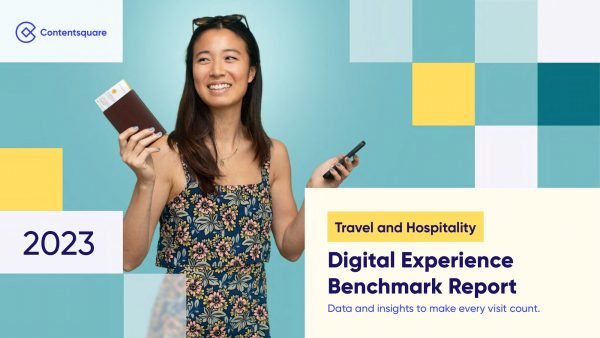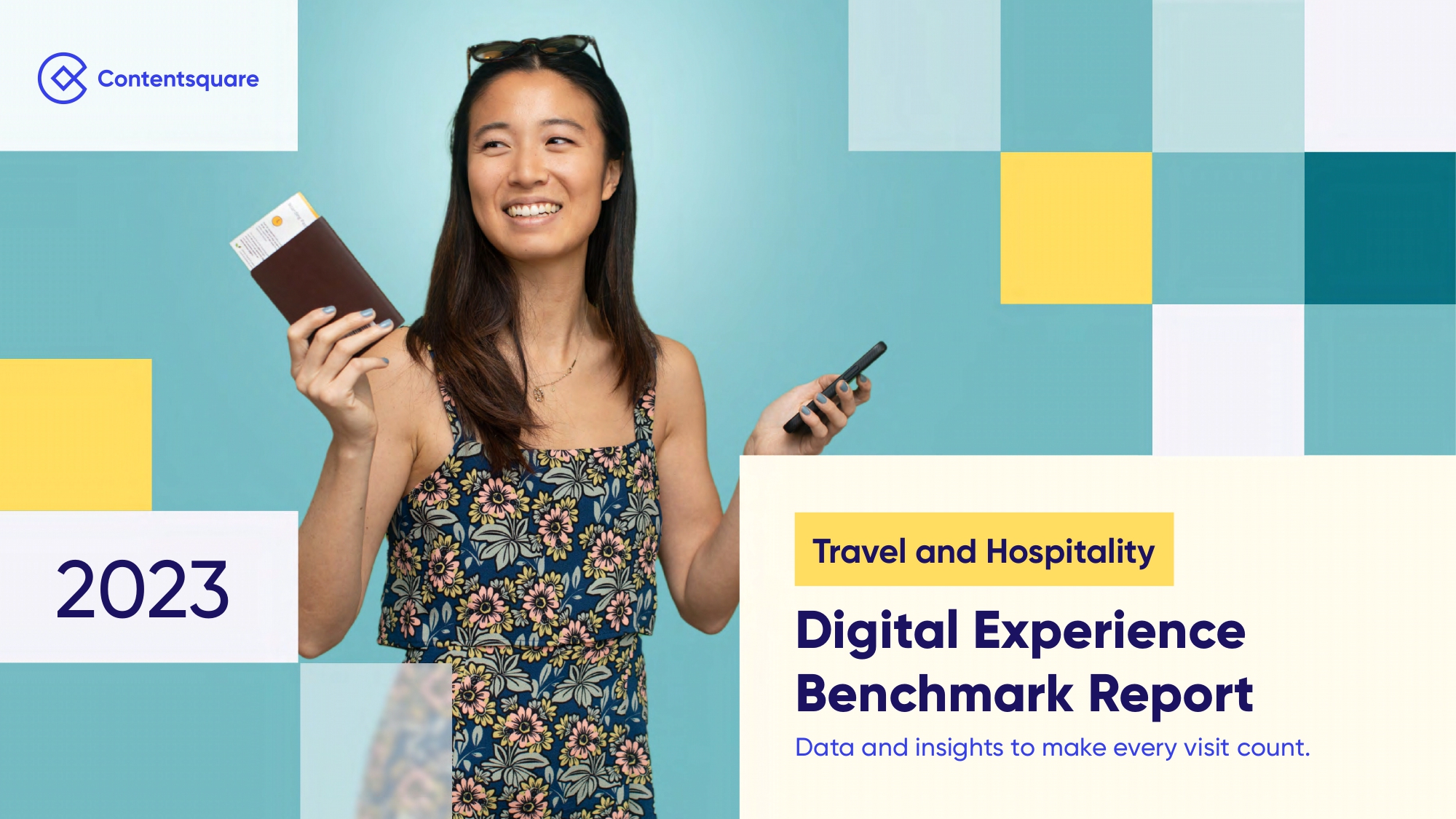SINGAPORE, 23 August 2023: Digital leaders in the travel and hospitality industry are still falling short when understanding what frustrates consumers online, according to new findings from Contentsquare, a leader in digital experience analytics.
Contentsquare’s latest research shows over one in three (41%) website sessions are marred by frustration, usually when some obstacle is thrown across the site visitors’ path.

Based on an analysis of 20.6 billion page views and 3.8 billion sessions taking place across 106 sites, the 2023 Travel and Hospitality Digital Experience Benchmark report sheds light on the trends shaping the digital customer experience in four sectors – car and transportation, entertainment and restaurants, hotels and resorts, and travel agencies and services.
Contentsquare senior vice president, Asia Pacific & Japan Albert Nel commented: “The tech-savvy traveller in the Asia Pacific is a new, still-evolving breed. The customer experience can make a big difference to a T&H organisation’s bottom line, particularly in the current economic climate. While brands have steadily improved their digital experiences over the years, our data tells us that frustration remains an all-too-common emotion website users feel.”
Contentsquare takeaways
Over 1 in 3 (41%) sessions are marred by frustration
Frustration is a critical conversion killer, which often flares up when an obstacle is thrown across the site visitors’ path, whether a technical bug or sub-par site design. Like all consumers, the ‘unknown traveller’ entertains increasingly high expectations around digital experiences, expecting and demanding smooth, seamless multi-channel experiences that make things easy for them. Unfortunately, many ‘unknown travellers’ found themselves frustrated when visiting travel and hospitality sites last year, with frustration factors impacting 41% of all sessions.
Traffic was up—but conversion rates dropped
2022 was widely touted to be the year of “revenge” travel when consumers would travel more to make up for lost time in the pandemic. But while overall traffic to travel and hospitality sites shot up by +77.18% year-over-year, conversion rates fell -1.4% overall. One factor that may underlie the drop in website conversion rates may be a drop in site user engagement. Metrics measuring session consumption (including session depth, time spent per session and scroll rate) decreased last year. This points to a growing ‘consumption crisis’ accompanying the emergence of ‘grazing’ behaviour. Grazing describes online behaviour whereby consumers visit sites more frequently but are more inclined to view fewer pages and scroll less down the page. The ‘unknown traveller’ needs to be engaged as quickly as possible. The need to engage fast is further underlined by the rise in bounce rates across all travel and hospitality sectors last year.
Fast sites secured more engagement
As the region with the highest number of Internet users worldwide, consumers in APAC expect fast load times as a bare minimum component of an experience. Contentsquare data identified slow page loads as the leading frustration factor. These impacted 21.1% (over one in five) of travel and hospitality sessions. Sites that took over one second to load had a 7.4% higher bounce rate than those that loaded in sub-second times.
Mobile and free traffic dominate, but desktop and paid traffic convert better
In 2022, mobile accounted for 64.4% of traffic to travel and hospitality sites. Traffic was also overwhelmingly organic, with three in four visits originating from unpaid sources. However, despite the dominance of unpaid and mobile traffic, paid and desktop traffic remains important for travel and hospitality businesses. Paid traffic is essential for acquiring new customers, with new visitors making up 69.7% of paid traffic in 2022. It is also important in driving more conversions, as evident in all but one T&H sector. The exception was travel agencies and services-customers are typically loyal to agencies and repeatedly book with them.
While many consumers enjoy browsing on their mobile devices, when making big-ticket purchases, they’re likely to want a bigger screen to see exactly what they’re doing and an actual keyboard to rapidly and accurately input information.
Nel added: “T&H brands need to leverage data to understand better the unique needs of the APAC traveller, many of whom are digital natives. Organisations who strategically respond to these insights will be able to maximise efficiency, deliver the digital experiences that consumers increasingly expect and emerge winners in the sector’s revival.”
Download Contentsquare’s 2023 Travel and Hospitality Digital Experience Benchmark here.







